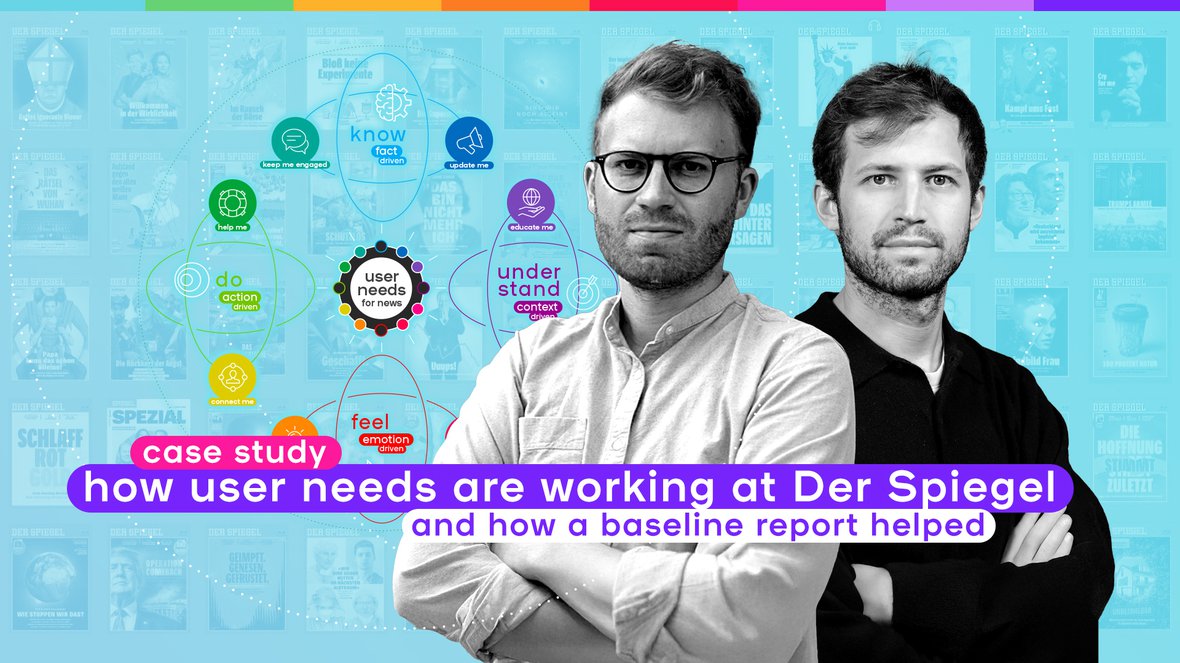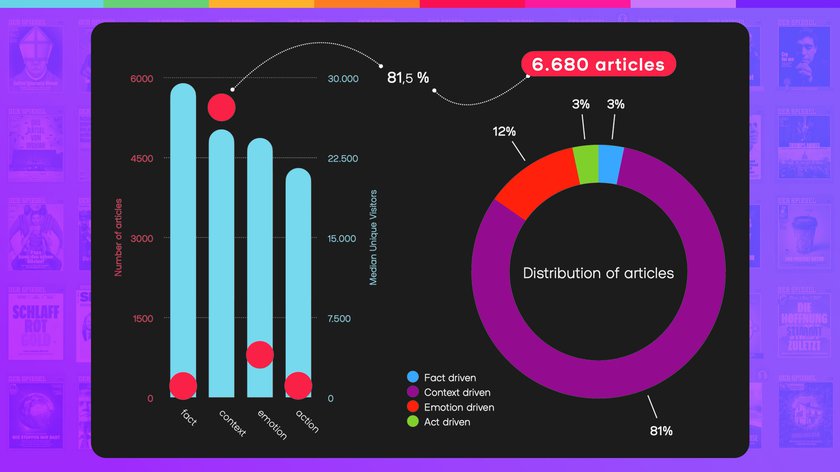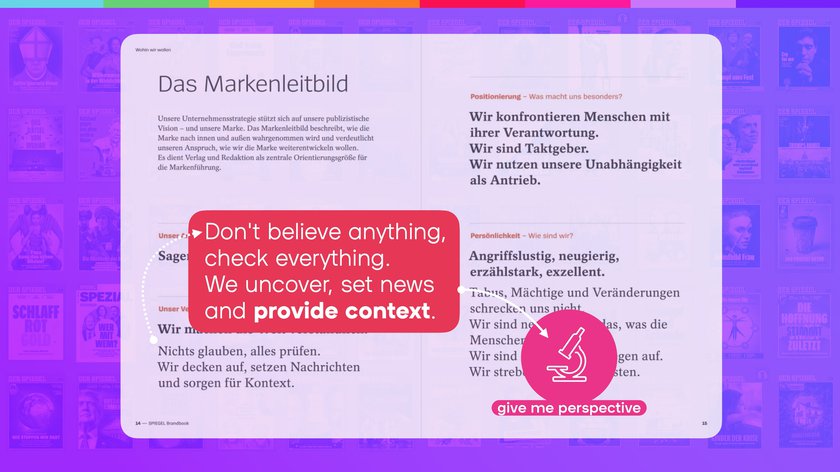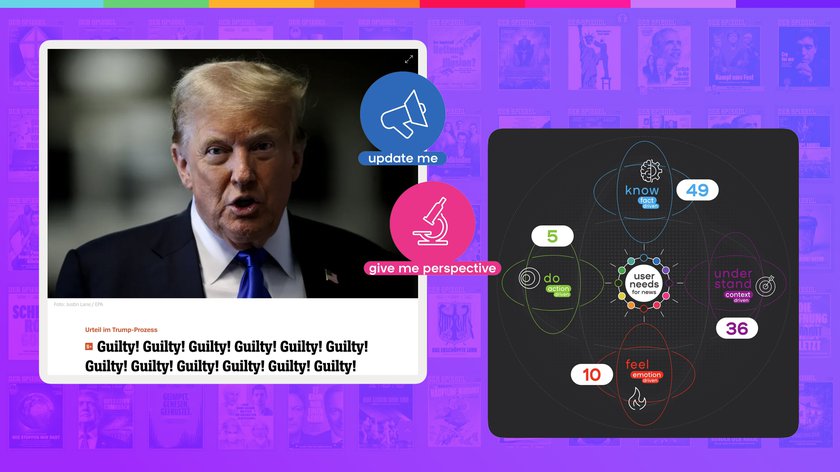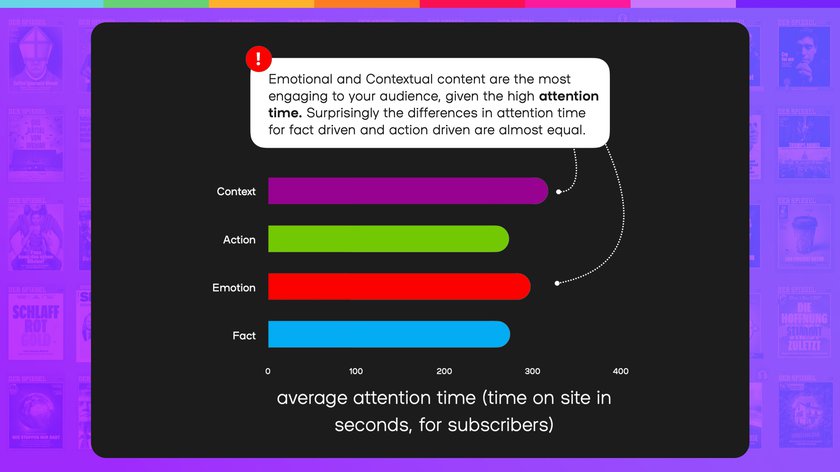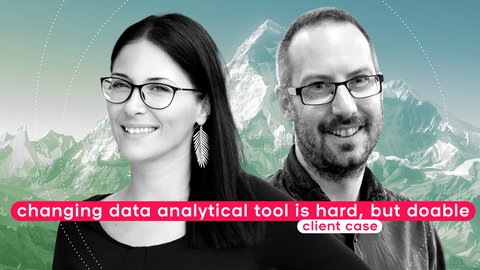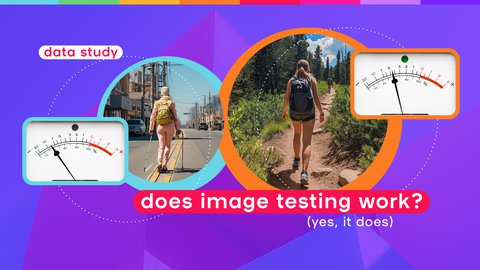There’s an adage that you can’t manage what you don’t measure. We know this to be true, and what follows is a case study showing why reports - and baseline reports in particular - are an invaluable part of your newsroom’s toolkit. Here’s what Der Spiegel learned when they created one.
The client and the story so far
Der Spiegel is a German newsbrand encompassing a weekly print magazine (founded 1947) and a website founded in 1994 as Spiegel Online. The titles became aligned in 2019 and merged titles to share ‘Der Spiegel’ a year later. Headquartered in Hamburg, it is among the top 30 most visited websites in Germany, a leading journalistic brand, and its print edition has one of the highest circulations of its kind in Europe.
- They had been working with smartocto on user needs for a Proof Of Contract, and had already made use of the User Needs Playground and also consulted the resources about user needs.
- Initial findings from these investigations confirmed their suspicions that the newsroom might benefit from a user needs related content strategy
The project: baseline strategy
The data & research team of Der Spiegel reached out to smartocto with a request to create a baseline report that would give them insights into the effectiveness of their content strategy (regarding user needs) but that would also reveal opportunities to optimise their strategy.
"I figured that with the help of smartocto we could even get more proof that our content strategy could benefit from a more user needs centric approach. By making our raw data available, we hoped that smartocto would be able to perform in-depth analyses that would help us to understand the published articles of Der Spiegel regarding User Needs and how the different user needs are adopted by our users."
--- Alexander Held, Senior Data Scientist
